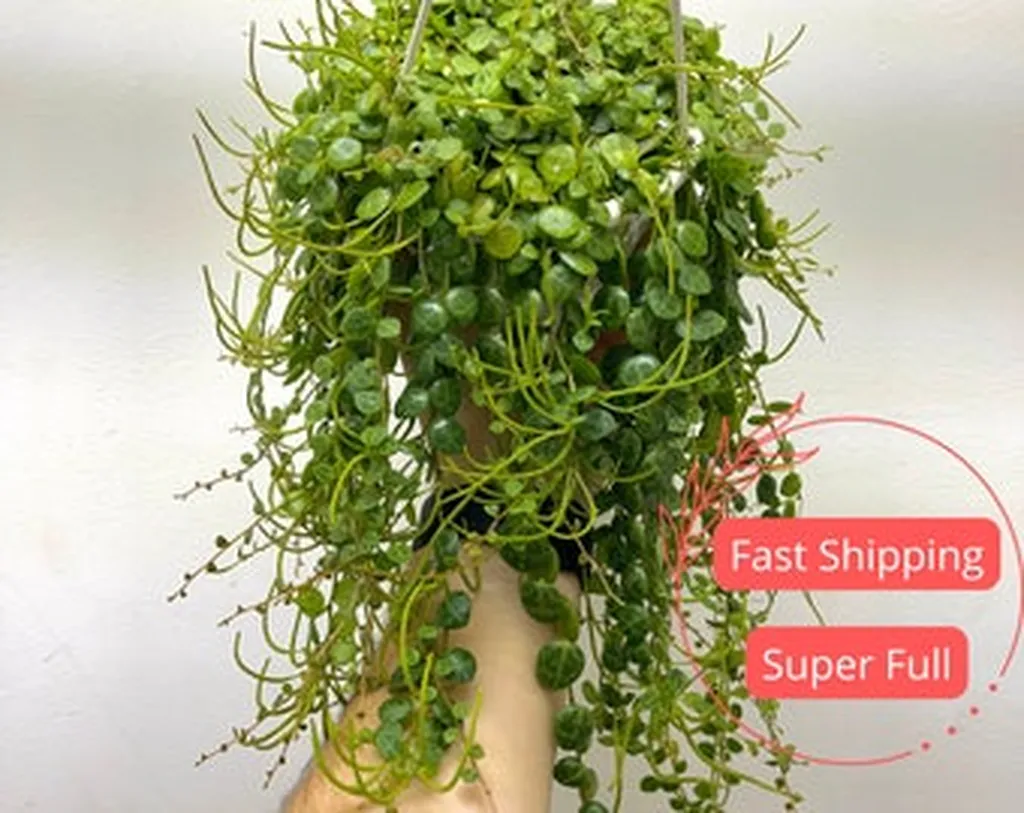In the dense, tropical landscapes where Peperomia pellucida thrives, a silent battle is waged beneath the soil. This unassuming, succulent herb, native to the Americas but now a pantropic invader, has a secret weapon: a newly discovered phenol glycoside that gives it a competitive edge. Researchers, led by Suparna Mandal Biswas of the Agricultural and Ecological Research Unit at the Indian Statistical Institute, have uncovered this compound’s role in the plant’s aggressive colonization, a finding published in the *Annals of Tropical Research* (which translates to *Annals of Tropical Research* in English).
Peperomia pellucida, often overlooked, is a formidable invader. Its shallow roots exude a compound that stifles the growth of neighboring plants, a phenomenon known as allelopathy. “This plant is not just spreading; it’s actively inhibiting the growth of other species around it,” explains Biswas. The team isolated and identified a new phenol glycoside, [(6-(4-hydroxyphenoxy)-tetrahydro-2H-pyran-2, 3, 4, 5-tetraol); C11H14O7], from the root exudates of P. pellucida. This compound showed significant inhibitory effects on the germination and growth of rice, wheat, and mustard seeds in laboratory tests, with the most pronounced impact on rice.
The implications of this research extend beyond botany. In the energy sector, understanding and harnessing allelopathic compounds could revolutionize bioherbicide development. These natural compounds, produced by plants to inhibit the growth of competitors, could be synthesized and used as eco-friendly herbicides, reducing reliance on chemical herbicides that can harm the environment and human health. “This discovery opens up new avenues for sustainable agriculture and invasive species management,” Biswas notes.
The aggressive nature of Peperomia pellucida has long been documented, but the mechanism behind its invasiveness remained a mystery until now. The identification of this phenol glycoside sheds light on the plant’s strategy for dominance. This knowledge could be pivotal in developing strategies to control invasive species and protect native ecosystems.
Moreover, the research highlights the potential of exploring root exudates for novel bioactive compounds. These exudates are a rich source of chemicals that plants use to communicate and compete with their neighbors. By studying these compounds, scientists can uncover new tools for agriculture, medicine, and environmental management.
The discovery of this phenol glycoside is a testament to the intricate and often hidden dynamics of plant interactions. As Biswas and her team continue to explore the allelopathic potential of P. pellucida, they pave the way for innovative solutions in sustainable agriculture and invasive species control. The findings, published in the *Annals of Tropical Research*, mark a significant step forward in understanding and managing plant invasions, with far-reaching implications for the energy and agricultural sectors.

